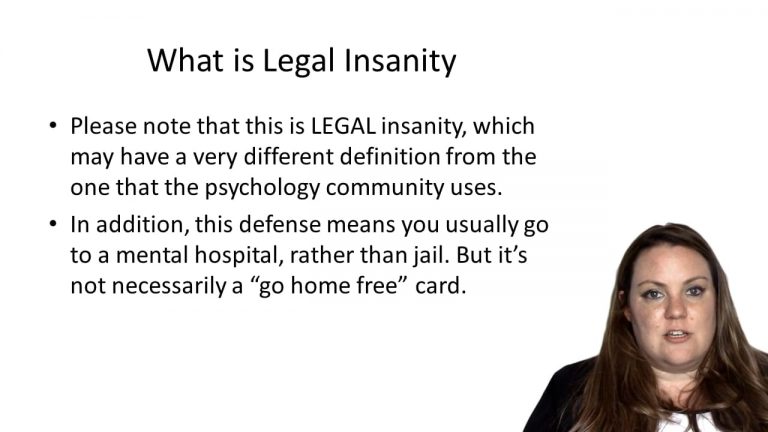SmartBrief
Confirm favorite deletion?
Criminal Law Keyed to Gershowitz
Durham v. United States
Citation:
94 U.S. App. D.C. 228, 214 F.2d 862.Facts
The defendant was convicted of housebreaking. At his trial, his defense was that he was of unsound mind at the time of the offense. The defendant had a long history of imprisonment and hospitalization. In 1945, at the age of 17, he was discharged from the Navy after a psychiatric examination had shown that he suffered “from a profound personality disorder which renders him unfit for Naval service.” The psychiatric testimony at trial was unequivocal that the defendant was of unsound mind at the time of the crime. When asked whether the defendant knew the difference between right and wrong, the expert replied that he is unable to form an opinion as most mental cases can give you a categorical answer of right and wrong, but their their symptoms influence abnormal behavior or anti-social behavior.
The trial court held that the testimony was not directed to the defendant’s capacity to distinguish between right and wrong, and thus, under the right-wrong test, he could not assert the defense. He was found guilty.
Only StudyBuddy Pro offers the complete Case Brief Anatomy*
Access the most important case brief elements for optimal case understanding.
*Case Brief Anatomy includes: Brief Prologue, Complete Case Brief, Brief Epilogue
- The Brief Prologue provides necessary case brief introductory information and includes:
Topic:
Identifies the topic of law and where this case fits within your course outline.Parties:
Identifies the cast of characters involved in the case.Procedural Posture & History:
Shares the case history with how lower courts have ruled on the matter.Case Key Terms, Acts, Doctrines, etc.:
A case specific Legal Term Dictionary.Case Doctrines, Acts, Statutes, Amendments and Treatises:
Identifies and Defines Legal Authority used in this case.
- The Case Brief is the complete case summarized and authored in the traditional Law School I.R.A.C. format. The Pro case brief includes:
Brief Facts:
A Synopsis of the Facts of the case.Rule of Law:
Identifies the Legal Principle the Court used in deciding the case.Facts:
What are the factual circumstances that gave rise to the civil or criminal case? What is the relationship of the Parties that are involved in the case.Issue(s):
Lists the Questions of Law that are raised by the Facts of the case.Holding:
Shares the Court's answer to the legal questions raised in the issue.Concurring / Dissenting Opinions:
Includes valuable concurring or dissenting opinions and their key points.Reasoning and Analysis:
Identifies the chain of argument(s) which led the judges to rule as they did.
- The Brief Prologue closes the case brief with important forward-looking discussion and includes:
Policy:
Identifies the Policy if any that has been established by the case.Court Direction:
Shares where the Court went from here for this case.
Topic Resources
Topic Outline
Topic Refresher Course
Topic Charts & Notes

 4m 59s
4m 59s